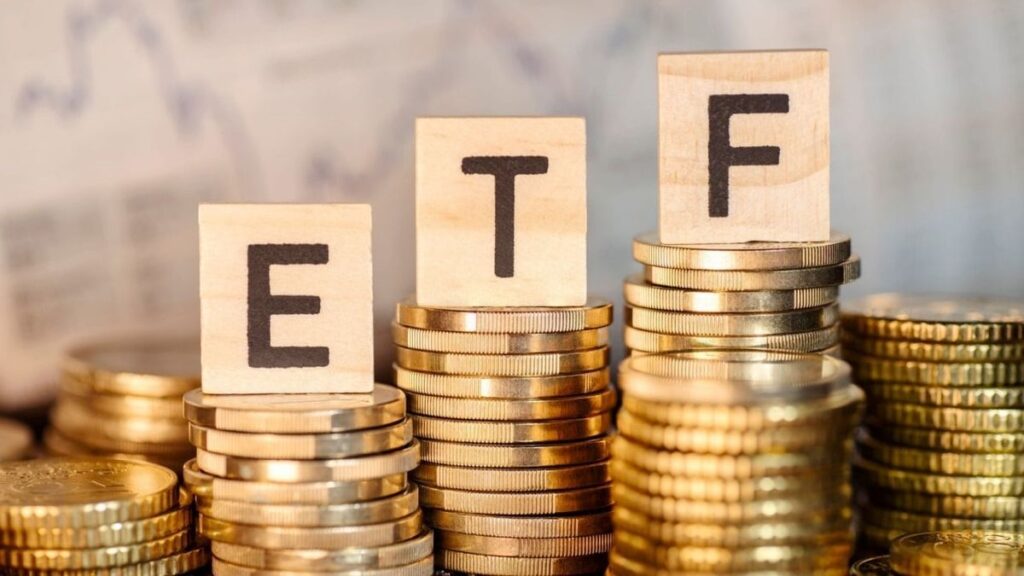
Gold has always held a special place in Indian hearts, symbolizing tradition, festivals, and family milestones. Yet, the way Indians invest in gold is evolving rapidly. With rising awareness of hidden costs and convenience, Gold ETFs are emerging as a compelling alternative to physical gold.
Understanding the Hidden Costs of Physical Gold
While gold jewellery and coins carry emotional value, owning them comes with several hidden expenses that can erode returns. According to financial expert CA Nitin Kaushik, many buyers overlook charges such as:
GST at purchase: 3%
Jeweller markups: 5–8%
Annual locker fees: 0.5–1%
Selling costs: 2–5%
Combined, these costs can reduce the effective returns by 10–15% even before market price changes are considered. While physical gold remains culturally significant, its financial efficiency may be limited.

Why Gold ETFs Are Gaining Popularity
Gold Exchange-Traded Funds (ETFs) offer investors a way to gain exposure to gold without the traditional hassles. Kaushik explains: “If returns are a priority over tradition, Gold ETFs are worth considering. They charge just 0.3–0.4% annually and remove concerns about making charges, purity, and storage.”
Gold ETFs are digitally traded on the stock market and are fully backed by physical gold, ensuring security and transparency. Recent trends show a significant increase in ETF inflows, reflecting growing awareness among investors about costs, liquidity, and financial efficiency.
Tax Considerations: Similar, but Simpler
Both physical gold and Gold ETFs enjoy the same long-term capital gains treatment: 20% tax after three years with indexation benefits. However, Gold ETFs avoid extra costs and logistical challenges associated with storing and selling physical gold.
The Bottom Line
Physical gold retains its emotional and cultural significance, but for investors prioritizing financial returns and convenience, Gold ETFs provide a smarter, hassle-free alternative. While traditional gold shines for sentiment, ETFs shine for smart investing.



